Scame Industrial Automation
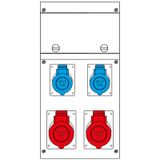


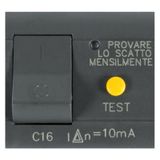
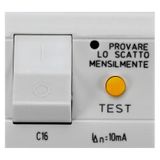

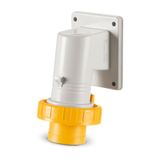
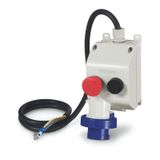
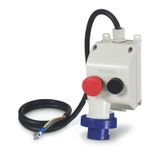
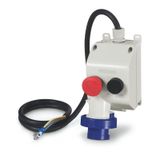
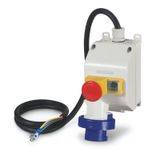

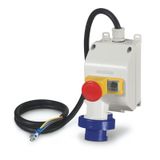


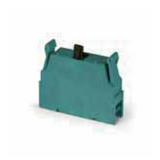
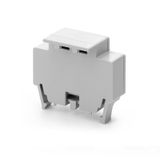
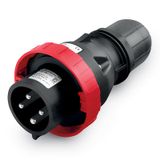

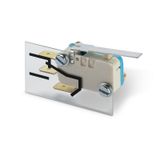

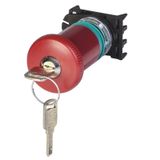
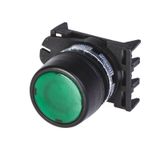
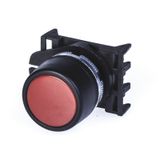


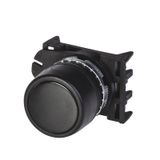
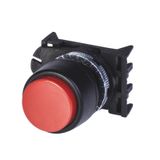


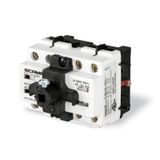
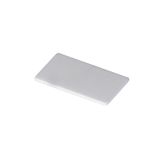
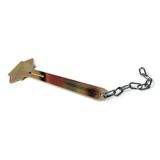
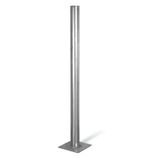
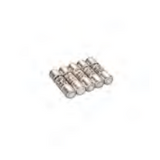
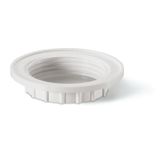
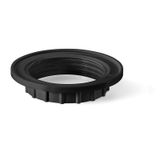
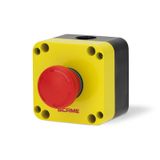
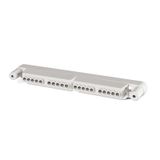
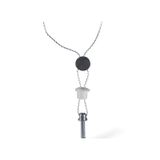
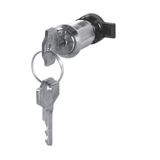
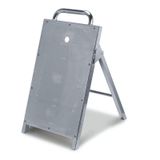
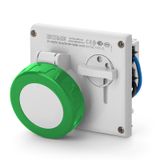

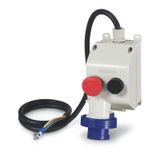
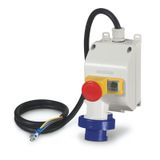
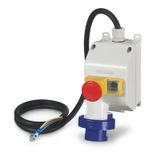

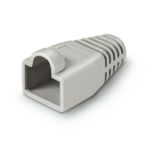


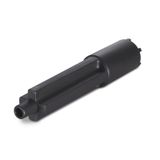
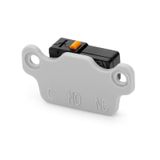


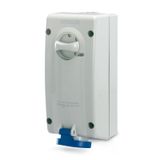
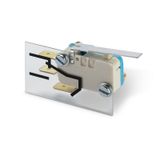
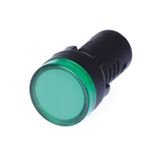
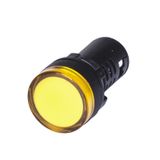
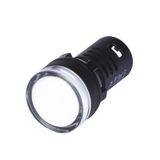
-
-
1
- 2
-
Scame’s control hardware is built for real sites: DIN-rail modules that wire fast, robust enclosures for plant areas, and clear terminal labelling that cuts commissioning time. The catalog lets planners assemble motor starts, interlocks, time sequencing, and remote status on one parts language from small retail plant rooms to logistics halls.
scame control systems architecture and collections
The offer groups naturally into three collections installers recognize on sight.
Room and riser gear covers DIN power supplies, timing and monitoring relays, slim interface relays, and compact contactors for fans, pumps, and dampers. Panel components include selector switches, illuminated pushbuttons, pilot lights, and emergency stops with matched operators and bezels. Field enclosures house isolators and local start–stop points; pre-drilled lids and IP gaskets keep assembly predictable. Control voltages follow common practice — 24 V DC for logic, 230 V AC for small plant, 400 V AC on power paths.
scame switching modules functions and ratings
Switching and protection modules span:
• Contactors and motor starters with AC-3 duty ratings sized for 0.37–11 kW motors at 400 V; coil options 24 V DC / 230 V AC keep spares simple.
• Modular switches and isolators in 16 / 25 / 40 / 63 A frames for small plant and zone shutdowns; clear ON/OFF flagging and padlock hasps for LOTO.
• Timing, monitoring, and latch relays handling on-delay, off-delay, star–delta, phase loss, and level control; wide supply inputs tolerate AC 110–240 V and DC 24 V.
Terminals accept 0.5–2.5 mm² ferruled conductors; comb busbars and clip-on auxiliary contacts reduce panel build minutes.
scame interface units connectivity and I O
I/O building blocks bridge field signals and PLCs or BMS lines: slim interface relays with status LEDs, analogue transducers for 0–10 V or 4–20 mA, pulse counters for meters, and signal beacons with steady/flash modes. Dry-contact inputs are opto-isolated where noise is expected; removable terminals keep swap-outs quick at height. For yard gates and canopies, IP housings with gland plates and IP65–IP66 fronts protect wiring while preserving inspection access.
Product range and series overview
Specifiers typically assemble three repeatable sets:
Fan and damper loop — contactor, selector switch, run lamp, and thermal/phase monitor; add a timer for purge cycles.
Pump duty–standby set — two starters with changeover module, float or pressure inputs, and fault relays to the panel door.
Zone isolate and E-stop — lockable switch-disconnector in an outdoor box, red/yellow operators, and auxiliary contacts to the BMS.
Each set shares the same operator sizes, bezels, and enclosure footprints, so faceplates align across floors.
Technical specifications and practical limits
- Electrical platform: control 24 V DC, small loads 230 V AC, power paths 400 V AC; typical contact blocks 6–10 A resistive, motor duties per AC-15/AC-3 tables.
- Ingress and impact: indoor modules IP20 finger-safe; field boxes IP54–IP66 with IK08 faces where trolleys pass.
- Thermal window: −20…+55 °C for most switchgear; derate coils above warm ceilings.
- Wiring: cage-clamp and screw terminals with test ports; label strips and symbol inserts keep O&M drawings honest.
Compliance follows the usual low-voltage switchgear framework (IEC 60947 family) without drowning the spec in certificate lists.
Applications and compatibility
Retail shells use fan and gate loops with simple panel controls; offices lean on timed purge, AHU interlocks, and signage power control; warehouses run pump duty–standby and conveyor starts with clear isolators at each bay. Field enclosures match common conduit and trunking entry patterns, so electricians land pipes without ad-hoc adapters. Where lighting control is already addressable, dry-contact outputs hand alarm and run states into the same dashboard.
Inventory note: multi-site clients often label the broader kit as scame automation devices so purchasing can group switches, starters, timers, and field boxes under one package while keeping device codes explicit.
Integration with other brand products
The switchgear sits cleanly beside Scame sockets, isolators, and distribution boards — same enclosure plastics, threads, and gland geometry. I/O relays and dry contacts feed third-party PLCs, HVAC controllers, and access systems; 24 V logic keeps control wiring consistent across trades. Panel operators share bezels and legends with emergency stops and selector families, so retrofits don’t break the fascia lineup.
Selection criteria for B2B clients
- Load and duty — map motor kW and duty (AC-3/AC-4), choose starter frame and coil voltage to match your control rail.
- Control concept — relay logic for small plants; hand–off–auto selectors where local control is required; gateway to BMS only when trending or alarms are needed.
- Environment — IP and IK for plant rooms, docks, or outdoors; pick UV-stable boxes and stainless fixings near canopies.
- Service model — prefer removable terminals, clip-on auxiliaries, and common operator sizes; keep two spare coils and a contact kit per panel.
- Documentation — standardize symbol sets and terminal numbering so FM teams can fault-find without the original contractor.
Advantages of working with Bankoflamps
You get project-specific B2B pricing tied to the actual panel and field device list, a named account manager, and real-time EU stock before commitment. Quotes typically return in about an hour. Orders by EAN/MPN keep ERP records clean; downloadable price lists stay current for tenders. Your portal shows lead times and order status, plus purchase-history analytics to consolidate SKUs. For trusted clients we support post-payment up to 30 days and plan consolidated shipments with clear price-validity windows across phases.